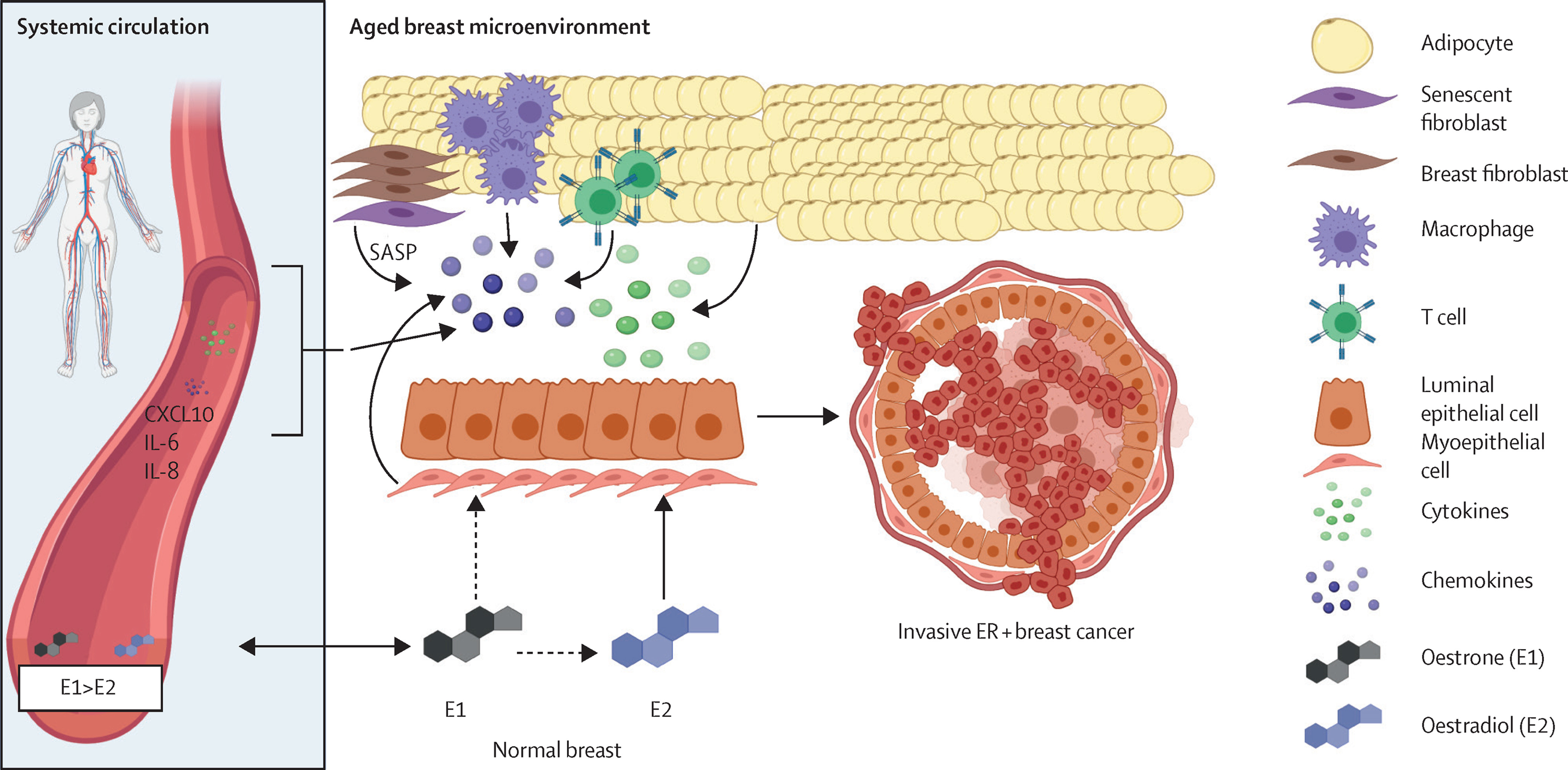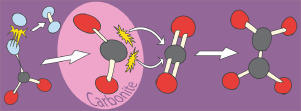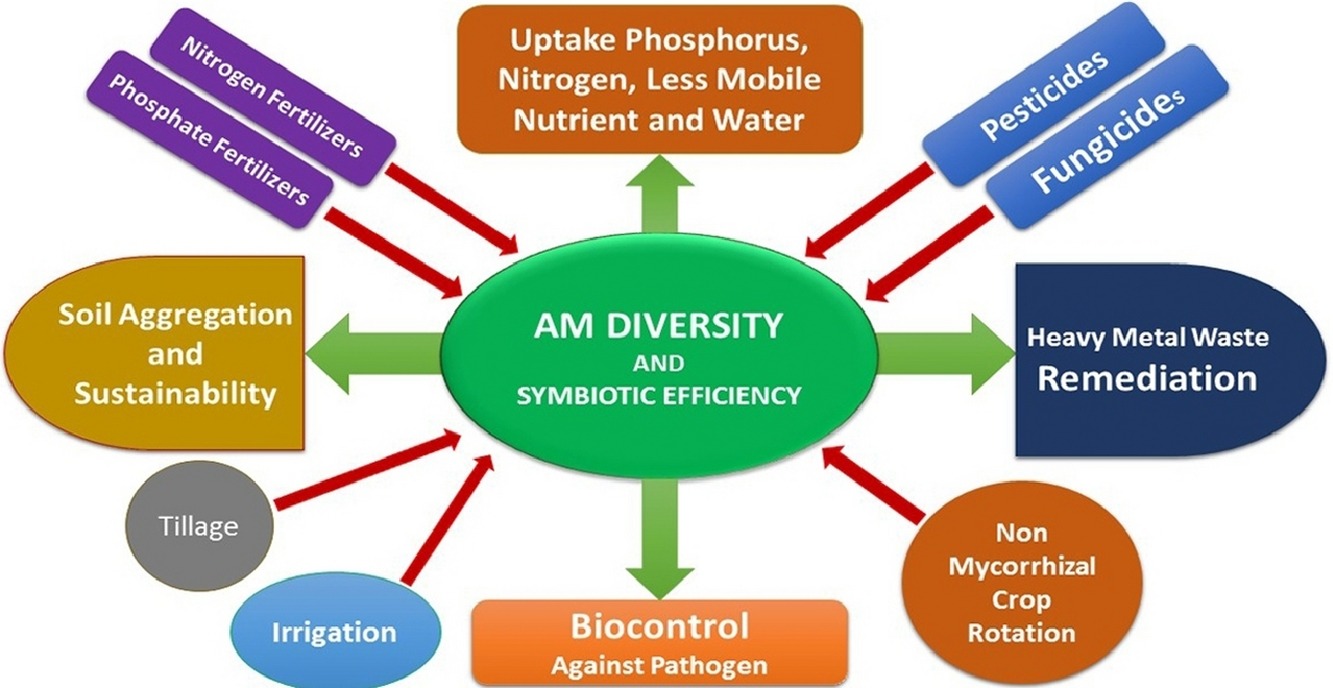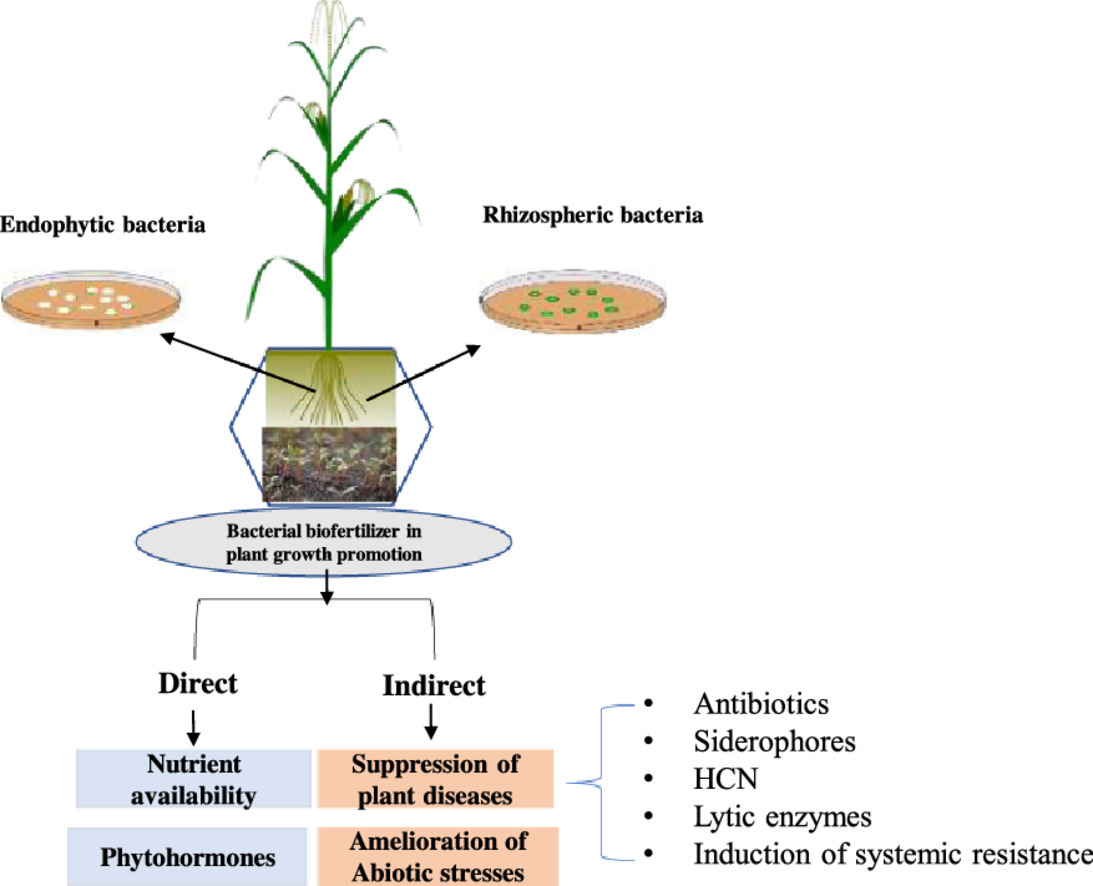Elsevier,
Virology, Volume 566, January 2022
Acquired immunodeficiency syndrome (AIDS) is a disease arising from human immunodeficiency virus (HIV). Antiretroviral therapy (ART) is a main therapeutic regimen for inhibiting HIV proliferation and viability. Identification of differentially expressed genes (DEGs) in HIV-infected patients with and without ART could provide theoretical evidence for deep research into the efficacy of ART and corresponding mechanism.
This article examines whether seasonality and rainfall predict reported syndromes associated with leptospirosis, typhoid and dengue in Fiji.
Elsevier,
The Lancet Healthy Longevity, Volume 3, January 2022
This Review supports SDGs 3 and 5, focusing on screening, detection, and treatment of oestrogen receptor-positive breast cancers in older women, particularly in relation to recent moves to de-escalate some interventions for this population.
Elsevier,
Sustainable Chemistry for Climate Action, Volume 1, January 2022
This article supports SDG 13. CO2 utilization conversion is increasingly important, but the conversion to valuable chemicals is often energy-intensive. This article is related to SDG13 and describes a new way of making oxalic acid from supercritical CO2 at lower temperatures.
Elsevier,
Advances in Nutrition, Volume 13, 1 January 2022
The article highlights the significant threat climate change poses to global food security and micronutrient availability, particularly in low- and middle-income countries. It emphasizes that rising temperatures, elevated CO2, and extreme weather events will likely reduce the yield and quality of essential crops and fisheries. Effective mitigation strategies, such as biofortification, plant breeding, and genetic modifications, are critical to enhance crop resilience and nutritional content, ensuring food security and addressing micronutrient deficiencies amidst changing climate conditions.
Elsevier,
Current Research in Microbial Sciences, Volume 3, January 2022
The present review highlights on the issues of hindrances in applicability of Arbuscular Mycorrhizal (AM) to the agricultural fields focusing on the mode of functions, maintaining soil and environmental sustainability; interactions with other biofertilizers and impact of various agrochemicals and agro-practices including tillage and crop rotation.
Elsevier,
Current Research in Microbial Sciences, Volume 3, January 2022
This review critically examines the current state-of-art on use of microbial strains as biofertilizers and the important roles performed by these beneficial microbes in maintaining soil fertility and enhancing crop productivity.





